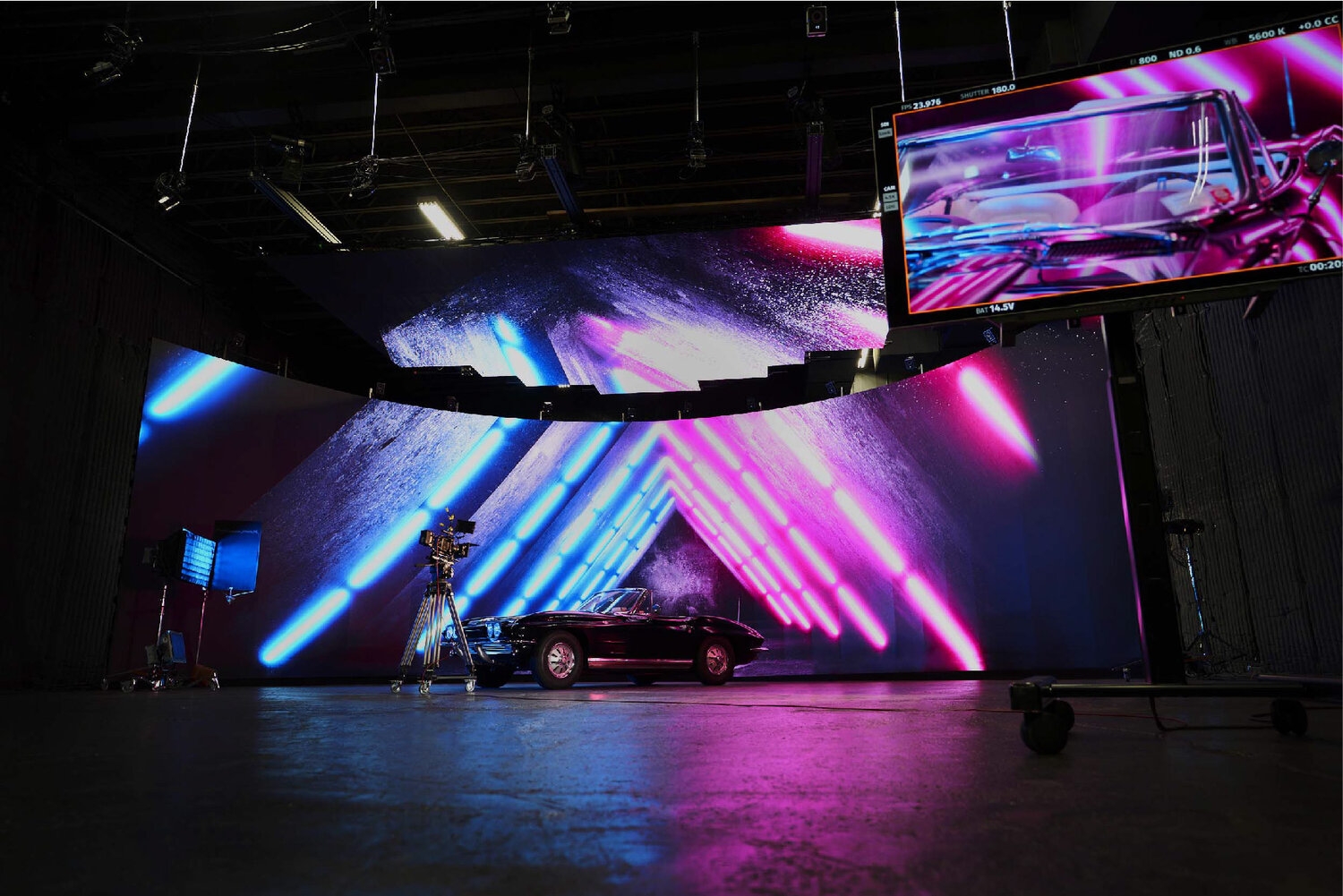Examining the Fundamental Elements That Affect Brightness in LED Display Screens
Examining the Fundamental Elements That Affect Brightness in LED Display Screens
Blog Article
LED wall panels are increasingly popular for both advertising and entertainment due to their luminous and vibrant displays. Understanding the factors that influence the luminosity of these screens is crucial for producers and buyers alike. Luminosity is typically measured in candelas, which shows how much illumination is emitted from the surface of the panel. Numerous key factors contribute to the overall brightness, including the kind of Light Emitting Diode used, the caliber of the screen materials, and the power supplied to the screen.
The type of LED component used in a wall panel plays a crucial role in its brightness. Various Light Emitting Diodes emit differing levels of light output, which measure the amount of illumination visible to the human eye. Premium chips, such as those made using sophisticated technology, can generate brighter light with greater effectiveness. Furthermore, the color tone of the Light Emitting Diode also affects apparent luminosity. For instance, cooler color tones (higher Kelvin values) can seem brighter than hotter ones, even at the same light output rating. This feature is important for applications where visibility is crucial, such as in external advertising.
The substances used in the construction of Light Emitting Diode wall screens also influence their brightness. The kind of substrate and coating materials can influence how much illumination is transmitted versus how much is taken in or scattered. For example, a screen made with high-quality clear glass will allow more illumination to pass through than one made with inferior materials. Additionally, the design of the screen, including its depth and the arrangement of the Light Emitting Diodes, can improve or reduce brightness by influencing how light is distributed across the panel.
The power supply provided to the Light Emitting Diode wall screens is another critical element in determining luminosity. Each LED component has a specific voltage and electric flow need for optimal performance. If the energy supply see here now falls short, the luminosity of the panel will decrease. Conversely, providing too much energy can lead to overheating and decreased lifespan of the Light Emitting Diodes. Therefore, ensuring a consistent and adequate power source is essential for realizing consistent brightness levels. This is especially important in changing displays, where luminosity may need to be adjusted for varied illumination conditions.
Finally, surrounding factors can affect how luminosity is viewed. Surrounding light conditions play a major role in how luminous an LED wall screen appears. In luminous sunlight, for example, a panel with a reduced brightness rating may have difficulty to be seen clearly, while a higher-brightness panel can be prominent more effectively. Additionally, the perspective from which the screen is viewed can influence luminosity perception due to how illumination reflects off surfaces. Understanding these elements helps consumers select the appropriate LED panel panel for you could try here their needs and guarantees that manufacturers create products that meet luminosity standards for various uses.